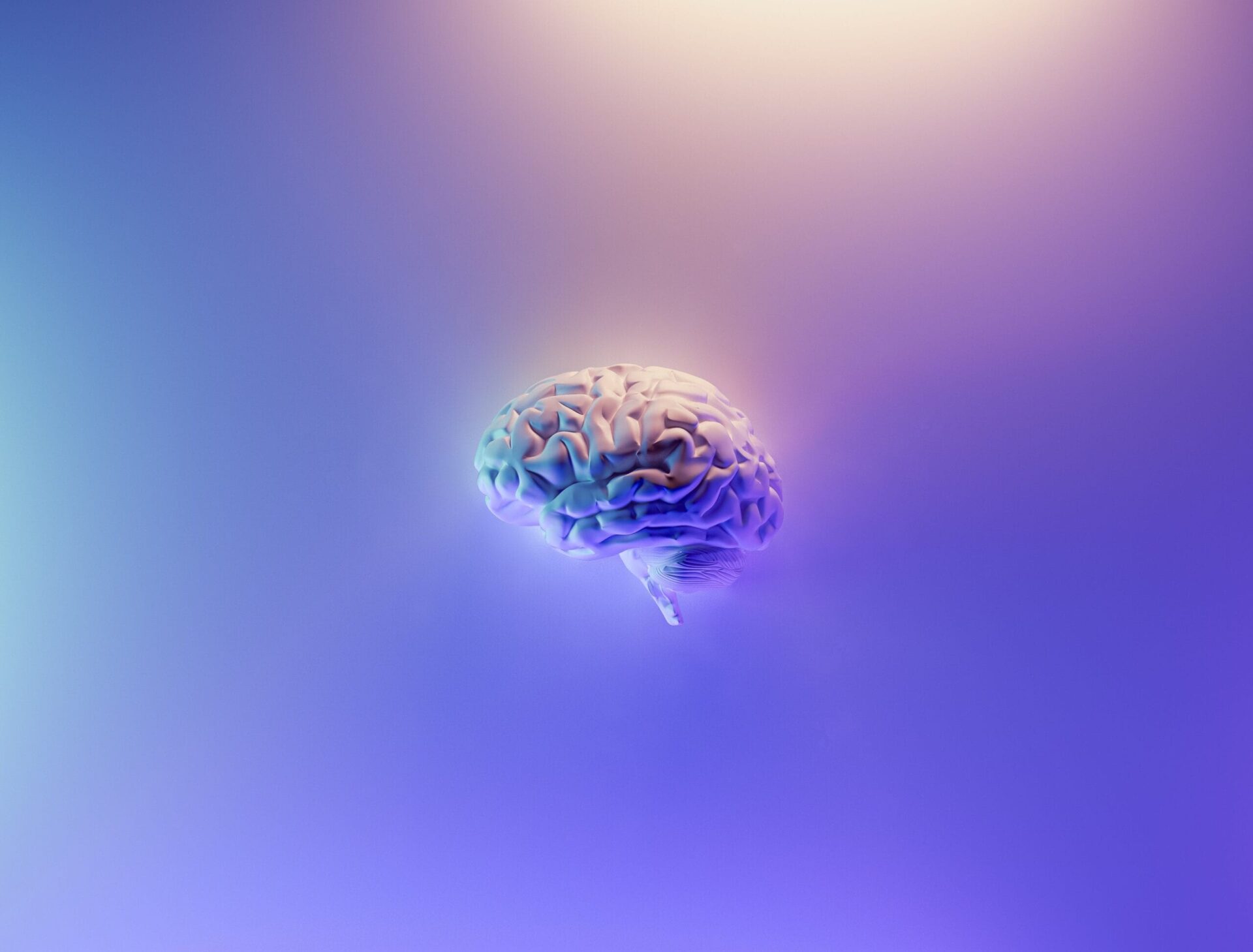
Rewire your brain with Neurology and Psychedelics
Neuroplasticity – the brain’s ability to rewire and restructure itself. When your brain’s neuroplastic capabilities are strong, it promotes your brain’s physical ability for adaption
Now that microdosing has become acceptable – trendy, even – it’s no longer a question of whether or not you should consider microdosing, but what you should do your microdose with. The two most common agents are magic mushrooms, including the psychedelic truffle, and LSD.
This article will explore the benefits, similarities, and drawbacks of these psychedelic substances. The article will conclude with some advice on whether you should choose to dose truffles or LSD.
If you’re not already familiar with microodosing it’s never too late to get started.
Microdosing involves taking a tiny dose of a drug, usually a psychedelic. To qualify as a microdose the amount has to be so small that it doesn’t produce any sort of high.
For some, microdoses may still cause immediate changes in perception (such as colors seeming a bit brighter) but they should not lead to any hallucination. For the most part, the effects are only noticeable when you focus on them, or in retrospect.
Microdosing has become increasingly popular in all circles. Whereas microdosing was previously restricted to the fringes of society, nowadays people from all walks of life are trying it. Doctors, office workers, therapists, and even some officials are now partaking in microdoses for therapeutic benefits.
Ever since psychedelics were discovered by humans they have been used therapeutically. Plant-based psychedelics have a tribal history dating back millennia. Ever since synthetic psychedelics hit the scene in the 1940s, scientists and psychologists have studied their effects on psychological, emotional and cognitive health.
The purpose of microdosing is to take advantage of some of the therapeutic benefits of these drugs without having to commit to a full trip.
Microdosing either shrooms or LSD will still activate the same neural circuitry that would be activated by a full dose. However, microdoses provide such subtle effects that they can be taken before school, work, or social gatherings without anybody being able to tell that you’ve taken drugs.
While you might not experience one of the mystical breakthroughs that psychedelics are often revered for, you can still enjoy a whole bunch of benefits without having to slog through a six-to-twelve-hour trip.
Some researchers speculate that microdosing can produce semi-permanent effects by encouraging the brain to build new neural connections. By stimulating the cortex in the brain, a number of ‘brain growth factors’ are enhanced.
This means that the brain is primed to produce new cells, a process called neuroplasticity. Psychedelics have been studied specifically for this purpose in regards to treating depression.

Magic truffles aren’t technically a mushroom, although they’re part of the mycelial fungal network called the sclerotia.
A slecrotium (singular) is a dense, compacted mass of mycelium (the network of a fungal organism).
Sclerotia are highly durable and are meant to survive harsh conditions and keep the fungal colony alive. They store food reserves and, in the case of certain mushrooms, contain lots of psilocybin.
For psychonauts, this translates to truffles being highly potent and having a great shelf life.
Psilocybin is a prodrug that the body converts into the more active psilocin, chemical name 4-OH-DMT, a strong hallucinogen. Psilocin is a structural analog of DMT, one of the strongest psychedelics known to man.
DMT stands for dimethyltryptamine, and it provides the tryptamine backbone for psilocybin and all other psychedelics that are classified as tryptamines.
Like most psychedelics, psilocybin works its magic by interacting with the brain’s serotonin system. By binding with a certain receptor known as the 5HT-2A receptor, a number of changes are produced in the user’s mental, emotional, and physical state.
A psilocybin experience generally lasts between four and eight hours, with after-effects lingering for up to twelve.
If you’re wondering what are the best magic truffles, look no further than Psilocybe mexicana and Psilocybe tampanensis. These are the most popular species of sclerotia-producing – as in, truffle-making – magic mushrooms.
In fact, these are the mushrooms that actually led to the widespread use of the term ‘truffles.’ Vendors used the word to describe them during online marketing, as well as “Philosopher’s Stone,” to avoid confusing people with words like sclerotia.
Some countries, like the Netherlands, have outlawed magic mushrooms but not psilocybin or psilocin. This has opened up a grey area avenue for psychonauts who can legally purchase truffles to access psilocybin.
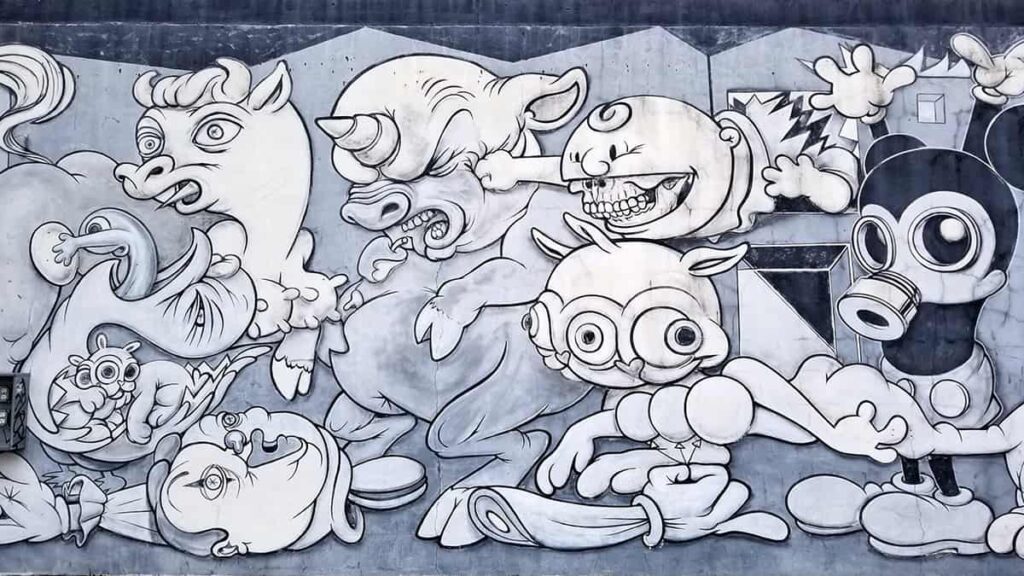
LSD, or lysergic acid diethylamide, is one of the most popular psychedelics in the world. First synthesized by Swiss chemist Albert Hofmann in 1938, it wasn’t until 1943 that he began to experiment with it. His first remarks were about the incredible potential that LSD had as a therapeutic substance.
Nowadays, even though most people use LSD recreationally, they often find the hours and days following a trip to feel mentally, emotionally, or spiritually refreshed. Referring to this pleasant experience as an ‘afterglow,’ a therapist would point out that this is an example of LSD’s profound therapeutic benefits.
LSD works in a very similar manner as psilocybin by interacting with the serotonin receptors in the brain. While it’s not actually a tryptamine, LSD is sometimes referred to as a “complex tryptamine” due to its molecular shape and the way that it produces such similar experiences.
LSD experiences, however, are significantly longer in duration lasting at least eight hours, often up to twelve, with after-effects that can linger for a full day even after sleeping.
LSD is extremely potent with dosages that are in the microgram range (a microgram is 1/1000th of a milligram). Due to its extreme potency, it’s important for users to dilute a solution of liquid LSD, using very precise measurements, to prepare a microdose.
At the end of the day, the difference between LSD and microdosing truffles are really not that significant.
Since the doses are sub-threshold and you won’t feel much in the first place, and it can be hard to compare the two. If you’re looking for a substance to boost creativity, motivation, production, or to improve your business and overall wellbeing, then you’ll have success with either substance.
Their benefits are quite similar but their differences, although few, may lead some to prefer one over the other.
Both LSD and mushrooms build up a tolerance quite quickly as well. There is some debate as to whether or not this is a factor to consider when microdosing; common sense would say that it is. Tolerance should be avoided by spacing out your microdoses by at least three days each.
It’s equally important to note that mushrooms and LSD have a cross-tolerance: as you build up a tolerance to one, you also become more resistant to the other. So, unfortunately, you can’t avoid building up resilience with daily use even if you try switching back and forth between them.
Whether or not these benefits are permanent, semi-permanent, or temporary, is a matter of some debate. Most of the reports on psychedelic microdoses were from users themselves with no study controls and too many variables to be considered empirical evidence.
Nonetheless, the overwhelming majority agree that the benefits are there. Benefits of magic truffles and benefits LSD can include:
LSD experiences could be described as “crisp,” and this often carries over into the microdose experience. Sharper thinking, a more vivid view of the world, and clarity are all trademarks of an LSD microdose.
Though LSD and mushrooms tend to bring users to a similar endpoint, they do so in different ways. LSD brings users towards an enlightened-like state by cutting away the excess, much like carving a diamond. In this way, its ‘crisp’ness creates a razor-sharp experience.
Pros
Cons
The truffle experience could be summed up in a word as “earthy,” rather than crisp. It’s heavier and that weight shows in the power of the experience, although these things are not nearly as obvious during a microdose.
Psilocybin causes people to become far more introspective and contemplative than LSD, and thus one approaches an enlightened state by deepening their connection with nature: natural energies, other living beings, and the rhythms of life. Nature is vibrant and chaotic, so users won’t find the crystal clarity of LSD in these natural psychedelics.
Pros
Cons
Without looking too deeply at either of them, mushrooms and acid are very similar. They are both long-acting psychedelics that produce profound changes in an individual’s perception. They have both been used therapeutically to help people overcome issues like anxiety and depression.
When taken as microdoses they can improve creativity and motivation, boost focus, enhance energy levels and help people tackle mental health disorders.
They share far more similarities than differences. The list of benefits provided by each is nearly identical. However, the legal status and synthetic/natural differences between the two may be a dealbreaker for some people.

Neuroplasticity – the brain’s ability to rewire and restructure itself. When your brain’s neuroplastic capabilities are strong, it promotes your brain’s physical ability for adaption
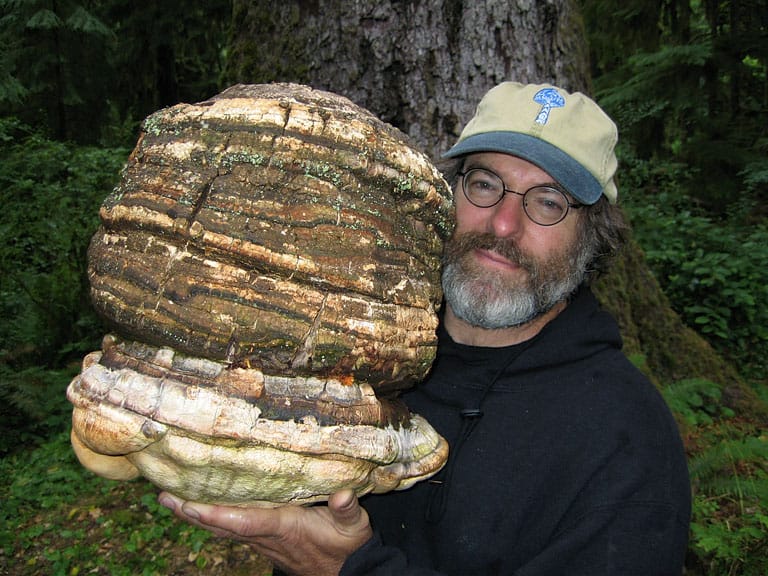
Psychonauts, mycologists, philosophers, daydreamers, and nature enthusiasts are all most likely to be aware of Terence McKenna. McKenna was one of the most revered psychedelic
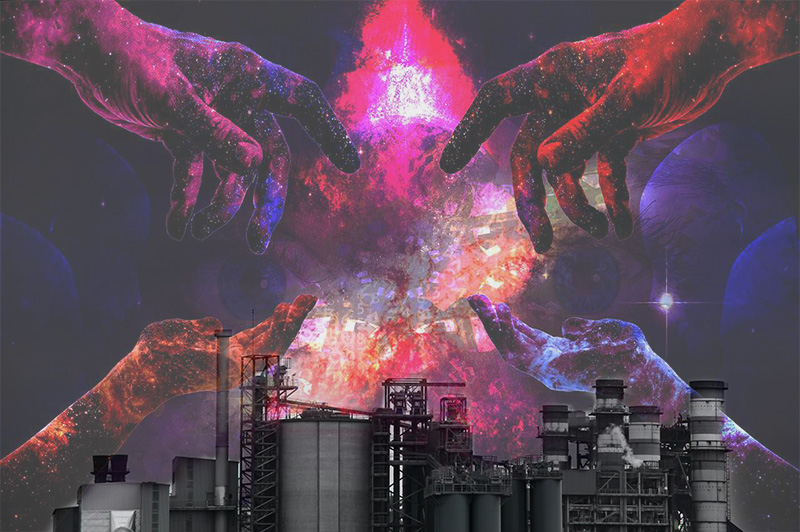
The history of the psychedelic industry is fascinating and intense. Despite the fact that psychedelics are among the most powerful healing substances on the planet,
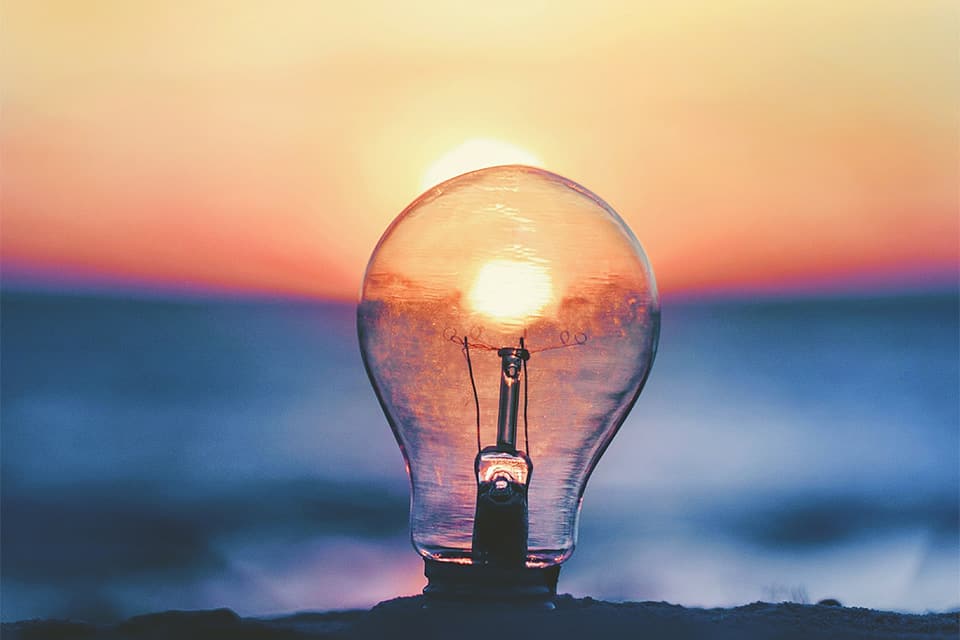
Have lockdown restrictions been getting to you recently? If you clicked on this article, then I reckon it is safe to assume the answer to
Microdosing and Silicon Valley? Those unfamiliar with microdosing may find that the term conjures up images of mushroom-munching hippies with long hair. However, microdosing has
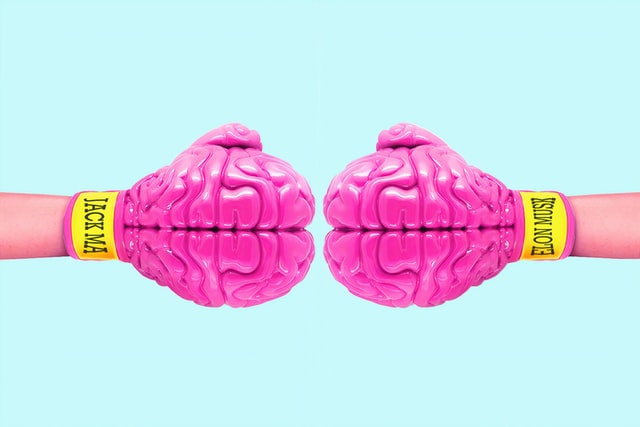
All you need to know before starting your journey to microdosing LSD – The ultimate guide. ‘LSD is just a tool to turn us
GET 10% DISCOUNT WITH NOTIFIED ABOUT THE LATEST NEWS AND UPDATES. NO SPAM, WE PROMISE!
FREE Tracked shipping on orders over €250 to EU countries.
Monday- Friday 8.30am- 5pm (CET)
A range of options available
Guaranteed delivery or your money back